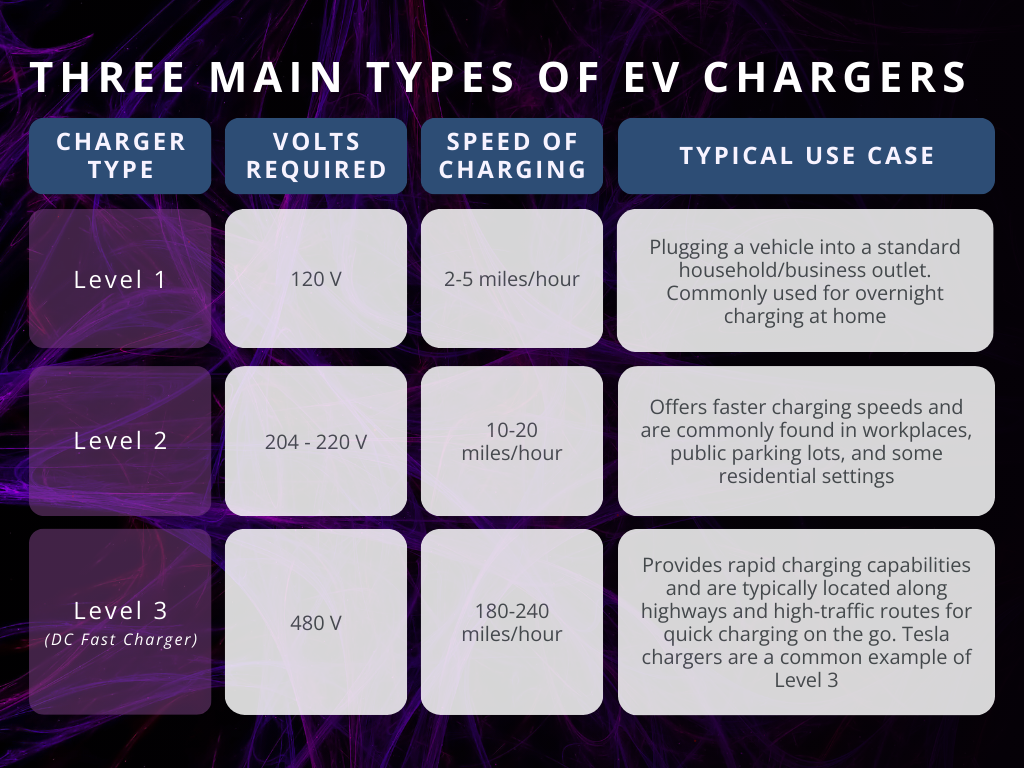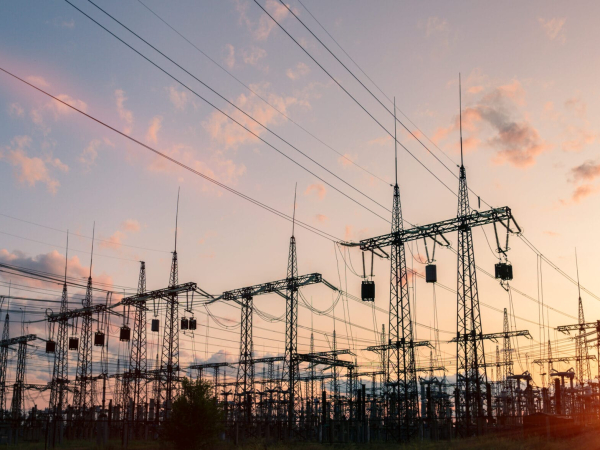Energy & UtilitiesOptimize Technology
Guarding the grid: Cybersecurity in solar and renewable energy
Instead of implementing static, one-size-fits-all solutions in an environment where threats are continuously evolving,…
Read article

Energy & Utilities Assessment & Optimization
04/04/2024
by Lucas Mendoza

Driven by advancements in battery technology, environmental concerns, and government incentives, adoption of Electric Vehicle Technologies has greatly expanded in recent years. In 2024 alone, the U.S. federal government announced $623 million in grants to improve infrastructure for the electrification of transportation and other alternative fuels across the country. As businesses across industries grapple with the implications of this shift, it is essential to understand the technology, market trends and strategies that can help them navigate the EV revolution effectively. By proactively exploring the nuances of EV technology, organizations can better prepare for an electrified future.
The U.S. Department of Energy defines an Electric Vehicle as “a vehicle that can be powered by an electric motor that draws electricity from a battery and is capable of being charged from an external source.” Many people associate EVs with road vehicles (like sedans or long-haul trucks), but EVs account for other vehicles too–including planes.
As with any new technology, EVs have had their own growing pains in their race to adoption. Early battery technologies with mileage limitations combined with limited charging infrastructure led to so-called “range anxiety” amongst consumers. However, EV companies are implementing promising new technologies, such as silicon anode batteries, and researching the possibility of solid-state batteries that will greatly increase EV efficiency in the future. Advances in technologies combined with incentives that are being made at the federal, state, and local levels may make EV adoption more enticing to businesses and consumers.
EVs are still an emerging technology, so there are many complexities to navigate when exploring fleet electrification. For any organization exploring the implementation of EVs, here are the three overarching questions to consider:
1. Does the business have a solid use case that illustrates how the implementation of EVs will help achieve greater profitability, environmental goals, or organizational objectives?
2. Does the business location have the electrical infrastructure necessary to support EV fleet charging?
3. Does the business have a plan for how to obtain cost-effective energy to charge their vehicles?
One fundamental benefit of EV technology is their energy efficiency compared to a traditional Internal Combustion Engine (ICE). As EVs use energy from a battery instead of gas or diesel, there is a significant energy savings during the time that the vehicle spends idling. The Department of Energy has calculated that EVs have an overall 15% to 20% energy loss compared to the 64% to 75% energy loss in ICE vehicles. The energy efficiency of EVs increases even more when factoring in the regenerative breaking technology found in many electric and hybrid vehicles. For this reason, some of the most popular use cases for EVs are when vehicles drive in city traffic and start and stop often. Common examples of EV adoption include school buses, garbage trucks, and delivery vans. Organizations that have vehicles that fit this description may find benefits in electrifying their fleet.
When deciding whether to electrify one’s fleet, availability of charging is paramount. There are three main types of EV chargers:

Deploying EV charging infrastructure requires careful planning and consideration, especially for businesses looking to install level 2 and 3 chargers on their premises. Factors such as electrical capacity, site layout, and permitting requirements need to be looked into to ensure a smooth charger installation process. As Level 2 and 3 chargers require a higher amount of voltage, upgrading transformers and other electrical infrastructure may be necessary to accommodate the increased demand for power. Companies seeking to install these types of chargers should contact their local power companies to discuss what timelines for these types of upgrades look like in their area.
Once installed, businesses should develop a comprehensive strategy to minimize costs and maximize the efficiency of their EV chargers. In many places across the US, businesses are not billed on just the electricity they use (kw/h), but also the max amount of electricity they have historically used (kw). Because businesses can be billed on their potential load, here are some ideas they should consider when developing their charging strategy:
1. Optimize charging schedules to take advantage of off-peak electricity rates (oftentimes these rates occur at night).
2. Implement managed charging software that only charges a certain number of vehicles at once, so usage never exceeds a certain threshold.
3. Contact your local power company to see if they offer any energy efficiency incentives or special EV charging rates.
4. Leverage renewable energy sources such as on-site solar panels to power EV chargers.
5. Co-locate reserve batteries by your EV chargers that are charged with solar/off-peak power, so extra energy is available even during times of high electric prices.
By adopting a strategic approach to charging, organizations can reduce operating expenses and see a faster ROI on their EV upgrades.
The emerging world of fleet electrification can be hard to navigate. Conducting proper due diligence and developing an EV strategy will allow businesses to properly understand if EVs are a good fit for their organization. By taking proactive steps now, businesses can position themselves for success in an electrified future.
Curious about what an EV strategy could look like at your organization? Fill out the form below to connect with one of our consultants to start the conversation.
Business insights
Energy & UtilitiesOptimize Technology
Instead of implementing static, one-size-fits-all solutions in an environment where threats are continuously evolving,…
Read article

Energy & Utilities
With ERCOT’s Real-Time Co-optimization plus Batteries initiative, a shift in how energy and ancillary services are…
Read article

Energy & UtilitiesOptimize Technology
New rules aimed at reducing emissions, enhancing grid reliability, and protecting consumer data are being introduced at…
Read article
